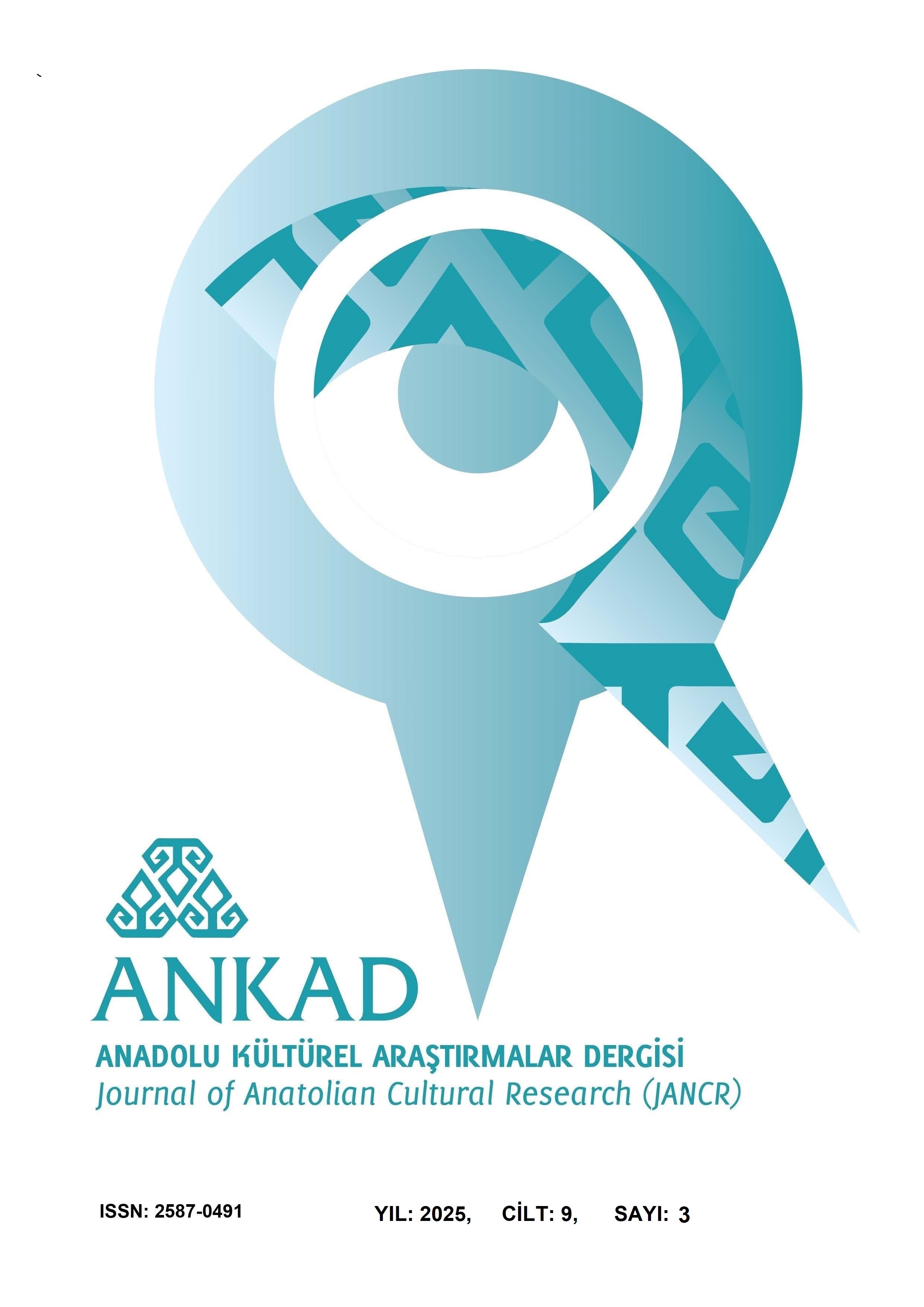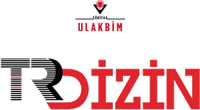Measuring The Impact of Shadow Banking on Traditional Banking: The Case of Türkiye
DOI:
https://doi.org/10.63556/ankad.v9i3.282Keywords:
Bank, granger, ARDL, shadow banking, financeAbstract
The banking sector is considered a significant actor among financial sectors. Banks, which are institutions that mediate the processing, management, and provision of other financial services to individuals and legal entities, operate within the banking sector. Banking activities are carried out in two ways: traditional and shadow banking. In traditional banking, deposits, funds, and loans are provided based on predetermined interest rates. Shadow banking, on the other hand, consists of credit intermediation activities that occur outside the traditional banking sector. First defined in 2007, shadow banking has become a frequently used concept in recent years, both globally and in Türkiye. Understanding the nature and importance of this concept is crucial. Therefore, this study examines the relationship between traditional banking and shadow banking in Türkiye. To test this relationship, the ARDL and VECM-based Granger Causality Test was employed. Data from 19 selected banks for the period 2014–2023 were collected for the analysis. The results of the study revealed no relationship from the return on equity (ROE) variable to other variables, while a one-way relationship was identified from other variables to the ROE variable. Furthermore, a relationship was found between guarantees and sureties, derivative financial instruments, and entrusted and pledged assets variables and ROE in both the short and long term. However, while a causal relationship from the commitments variable to the ROE variable was identified, this relationship could not be determined in the short or long term.
References
Adrian, T, & Shin, H.S. (2009). Money, Liquidity, and Monetary Policy. American Economic Review, 99(2), 600-605.
Avrupa Komisyonu (2012). Genişleme Stratejisi ve Başlıca Zorluklar 2012-2013. Komisyon Tarafından Avrupa Parlamentosu’na ve Konsey’e Sunulan Bildirim, Brüksel, 10 Ekim 2012 SWD (2012) 336.
Aypek, B. (2022). Gölge Bankacılığının Türk Bankacılık Sektörünün Performansı Üzerine Etkisi. Yüksek Lisans Tezi, Gaziantep: Gaziantep Üniversitesi, Sosyal Bilimler Enstitüsü, İşletme Anabilim Dalı.
Bernanke, B.S., Bertaut, C.C., DeMarco, L. & Kamin, S.B. (2011). International Capital Flows and the Return to Safe Assets in the United States, 2003-2007. FRB International Finance Discussion Paper No. 1014.
Colombo, M., Cumming, D. & Vismara, S. (2016). Governmental Venture Capital For Innovative Young Firms. The Journal of Technology Transfer, Springer, 41(1), 10-24.
Coval, J., Jurek, J. & Safford, E. (2009) The economics of structured finance. The Journal of Economic Perspectives, 23(1), 3-26.
Davies, C. (2009). Corporate sector balance sheets and crisis transmission. Economic& Labour Market Review, 3(7), 26-32.
De Bant, O. & Hartmann, P. (2000). Systemic Risk: A Survey. European Central Bank, Working Paper Series, No: 35.
Doruk, Ö.T. (2013). Genel Olarak Gölge Bankacılık ve Türkiye’de Gölge Bankacılık Üzerine Bir Araştırma. Yüksek Lisans Tezi, Adana: Çukurova Üniversitesi, Sosyal Bilimler Enstitüsü, İşletme Anabilim Dalı.
Doruk, Ö.T. (2014). Gölge Bankacılık ve Türkiye. Türkiye Bankalar Birliği, İstanbul, Yayın No: 300.
Eğilmez, M. (2010). Küresel Finans Krizi, 6.Basım, sayfa 66, Remzi Kitabevi.
Fein, M. L. (2013). The Shadow Banking Charade. SSRN Electronic Journal, http://dx.doi.org/10.2139/ssrn.2218812.
Financial Stability Board (FSB). (2015). Global Shadow Banking Monitoring Report 2015. (Küresel Gölge Bankacılık İzleme Raporu 2015). 12 November 2015. https://www.fsb.org/uploads/global-shadow-banking-monitoring-report-2015.pdf
Freixas, X., Laeven, L. & Peydrô J.L. (2015). Systemic Risk, Crises, and Macroprudential Regulation. Paperback, ISBN: 9780262549011, Pub date: August 22, 2023, Publisher: The MIT Press.
Gorton, G., & Metrick, A. (2010). Regulating the shadow banking system. Brookings Papers on Economic Activity, 2010(2), 261-297.
Gorton, G. & Metrick, A. (2012). Securitized Banking and The Run on Repo. Journal of Financial Economics, 104(3), 425-451.
Göçmen, G. (2015). Türkiye’de Bankacılık Sektörünün Bilanço Dışı Faaliyetlerindeki Gelişmeler. Dumlupınar Üniversitesi Sosyal Bilimler Dergisi, 17, 1-21.
Hsu, J. & Moroz, M. (2010). Shadow Banks and the Financial Crisis of 2007 – ¬2008. The Banking Crisis Handbook, 3, 39-56.
Kahraman, E. (2020). Gölge Bankacılık Uygulamalarının Türk Bankacılık Sistemi’nde Kârlılığa Etkisi. Yüksek Lisans Tezi, Ankara: Başkent Üniversitesi, Sosyal Bilimler Enstitüsü, Bankacılık Anabilim Dalı, Bankacılık ve Finans Yüksek Lisans Programı.
McCulley, P. (2007). Teton reflections. PIMCO Global Central Bank Focus, (August/September).
Meeks, R., Nelson, B. & Alessandri, P. (2014). Shadow banks and macroeconomic instability, Bank of England working papers 487, Bank of England. URL: https://ideas.repec.org/p/boe/boeewp/0487.html
Montagna, M. (2016). Systemic Risk in Modern Financial Systems, PhD thesis, Kiel University, Kiel.
Pozsar, Z., Adrian, T., Ashcraft, A., & Boesky, H. (2010). Shadow banking Staff Report: Federal Reserve Bank of New York.
Sashi S, Soyra G, Kasturi K & Advait M (2020). Shadow Banking In India: Nature, Trends, Concerns And Policy Interventions, 12, Review of Economic&Business Studies, Issue 2/2019, 29-4,
Selimler, H. & Kale, S. (2012). Türk Bankacılık Sektöründe Bilanço Dışı İşlemlerin Risk ve Kârlılık Açısından Değerlendirilmesi. Marmara Üniversitesi İktisadi ve İdari Bilimler Fakültesi Dergisi, 33(2), 173-204.
Shin, H.S. (2009). Reflections on Northern Rock: The Bank Run that Heralded the Global Financial Crisis. Journal of Economic Perspectives, 23(1), 101-119.
Sivramkrishna, S., Gune, S., Kandalam, K. & Moharir, A. (2020). Shadow Banking In India: Nature, Trends, Concerns And Policy Interventions. Review of Economic&Business Studies,12(2), 29-4.
Sunderam, Adi (2015). Money Creation and the Shadow Banking System. Review of Financial Studies, 28(4), 939–977.
Tucker, P. (2010). Remarks by Paul Tucker at the European Commission's Conference on Crisis Management. Speech given at the European Commission’s Conference on Crisis Management, Brussels, Belgium. 1-11.
Downloads
Published
How to Cite
Issue
Section
License
Copyright (c) 2025 Journal of Anatolian Cultural Research

This work is licensed under a Creative Commons Attribution-NonCommercial 4.0 International License.










